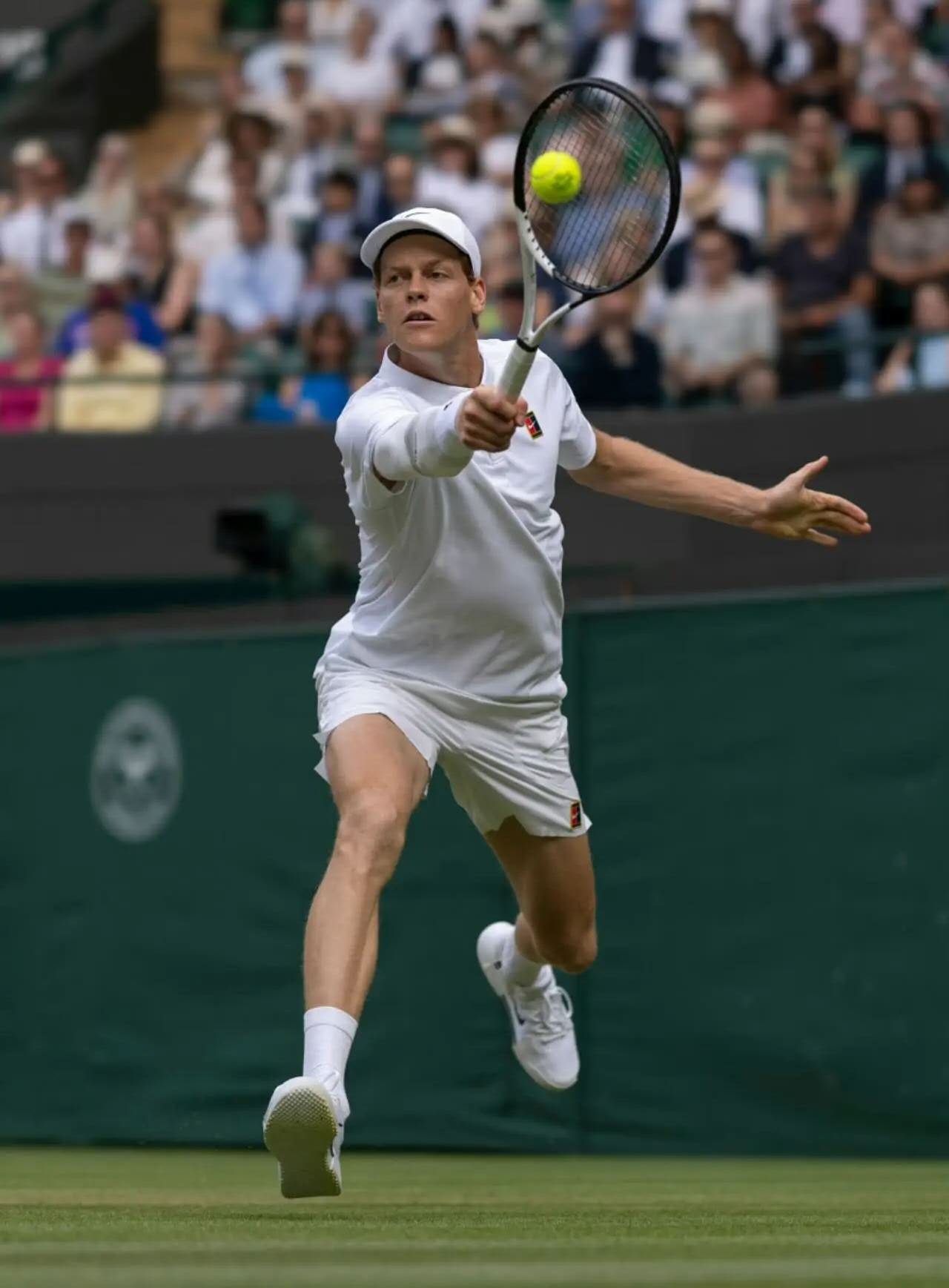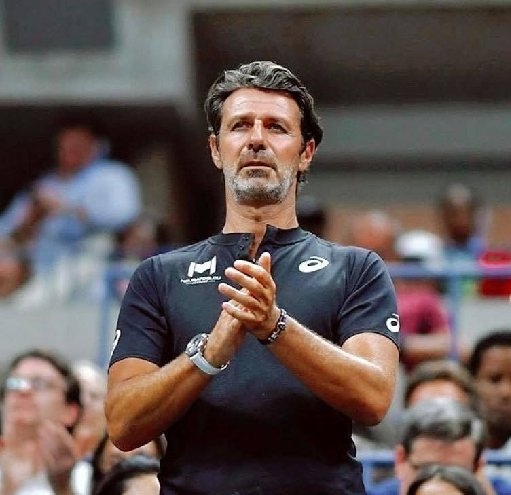Moratoglu: Nowadays, male tennis players are becoming taller and leaner, with Alcaraz being the only exception.
Looking at today's men's tennis, aside from the increasingly aggressive playing style, there is also a significant trend of players growing taller. Recently, famous coach Moratoglu highlighted that besides these two changes, men's tennis is undergoing a "lean revolution" led by Sinner and Medvedev, with Alcaraz being the only exception.

When Moratoglu recently raised this sharp question on his personal social media, it prompted many to reflect. The legendary coach, who once trained Serena Williams, candidly stated: "Among the top players in the world today, Alcaraz is the only exception—Djokovic, Sinner, Medvedev, and others all possess long, tall physiques and explosive mobility, which is thought-provoking."
In fact, even before Moratoglu's comments, Toni Nadal had sharply pointed out this change in a column for El País, stating: "The new generation of players is erasing the diversity of body types. When I coached Rafa, there was a significant height difference among Roddick, Nalbandian, and Ferrer. Now, almost all of the top 20 are part of the 'tall team' standing over 1.85 meters."

Nadal himself expressed his thoughts before last year's Madrid Masters, saying: "Look at the draw! Every opponent is over 1.85 meters tall, serving like cannonballs, yet moving like cheetahs—this is unprecedented in tennis history."
Statistics from the well-known tennis media outlet Tennis Channel over the past decade also reveal an astonishing trend in men's tennis: the average height of players in the top 100 has skyrocketed from 1.83 meters in 2010 to 1.88 meters, while the average body fat percentage has dropped to a remarkable 8.2% (down from 10.5% a decade ago). Additionally, players' average serve speeds have increased by 14 km/h, and baseline movement speed has risen by 0.3 m/s.

After this year's Miami final, Spanish tennis star Nadal remarked, "People are getting taller, and their movement speed is increasing. Serving plays a decisive role. If the rules don't change to limit this power, then a player over two meters tall with quick movement will emerge, and you won't be able to compete with him; you won't be able to break through!"
"This is the perfect balance of biomechanics," sports science expert Craig revealed the core logic behind this phenomenon, stating, "When a 1.98-meter player can stop and change direction like a 1.75-meter player, the advantage of their coverage area creates a dimensional reduction attack. Moreover, modern training systems allow tall players to shed the label of being cumbersome, with lean muscle groups supporting both explosive serving and endurance over five sets."

However, it is worth noting that Moratoglu emphasized that in today's men's tennis, Alcaraz is the only exception, and the reason is evident—his robust biceps clearly distinguish him from Sinner.
"Carlos exchanges muscle dimensions for rotational power, with his topspin forehand exceeding mainstream players by 300 RPM. But this playing style takes a huge toll on the joints, forcing him to take frequent breaks—this is precisely the survival advantage of the lean players," explained an ESPN commentator. The French newspaper L'Équipe commented: "While Zverev sweeps the court with his bamboo-like legs, Alcaraz is battling against the metabolic revolution of tennis with his flesh and blood."

This body type revolution in tennis has sparked much discussion. Roddick jokingly remarked on a podcast, "My serve today would just be considered high-level, but at 1.85 meters tall, coaches would directly advise me against it!" Meanwhile, tennis legend Evert believes this is a dangerous signal, asking, "Does this mean tennis will lose its unique charm? The elegance of Federer and the violent aesthetics of Nadal stem from their unique body types."
In response, The Times posed a soul-searching question: "If future children must grow to over 1.90 meters to play professional tennis, is this sport betraying its inherent inclusive genes?"

Facing multiple external criticisms, Moratoglu provided the ultimate answer: "Leanness is an inevitable trend in competitive tennis. When Medvedev can receive serves with a wingspan of 2 meters and sprint to save the ball like Bolt, traditional body types are destined to be eliminated." More subtle social observations also reveal a harsh truth: "Training camps have begun using bone age predictions to filter prospects—if you're under 1.83 meters by age 16, your professional path is essentially closed."
In this silent revolution, Alcaraz stands as a lone warrior. However, as The Guardian stated, "Leanness may have won efficiency, but the soul of tennis will always need those misfit rebels."(Source: Tennis Home, Author: Lu Xiaotian)







 Links
Links
 Contact
Contact
 App
App


